Home>Home Appliances>Heating & Cooling>How To Choose BTU For Forced Air Heating
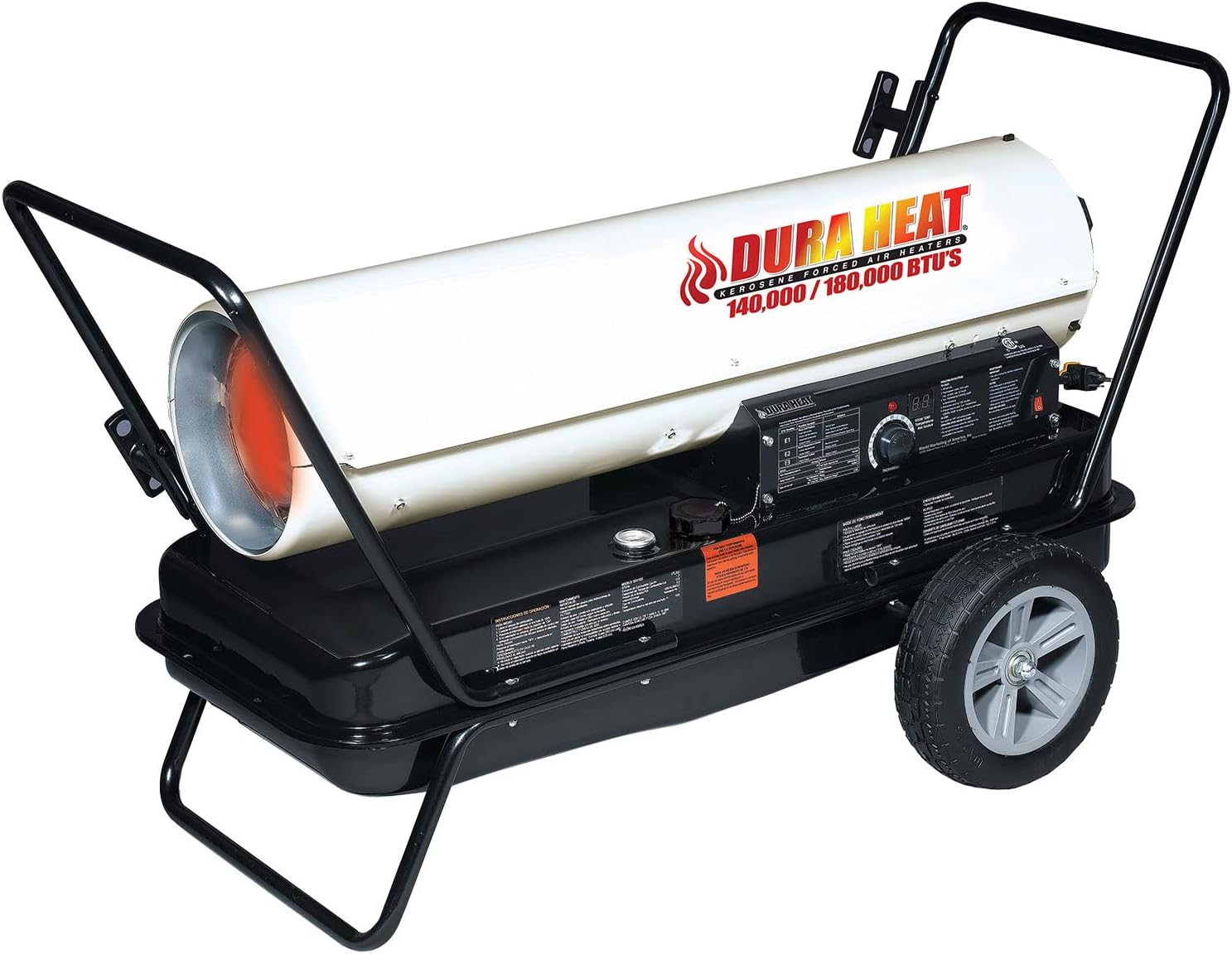

Heating & Cooling
How To Choose BTU For Forced Air Heating
Published: February 16, 2024
Learn how to choose the right BTU for forced air heating to ensure efficient heating and cooling in your home. Find the perfect balance with our expert tips.
(Many of the links in this article redirect to a specific reviewed product. Your purchase of these products through affiliate links helps to generate commission for Storables.com, at no extra cost. Learn more)
Introduction
When it comes to creating a comfortable indoor environment, the heating system plays a pivotal role in ensuring warmth and coziness during colder months. One of the key considerations in selecting an effective heating system is determining the appropriate BTU (British Thermal Unit) for your space. BTU is a crucial metric that measures the amount of heat a heating system can produce, and understanding how to choose the right BTU for forced air heating is essential for optimizing comfort and energy efficiency.
In this comprehensive guide, we will delve into the intricacies of BTU and forced air heating, exploring the factors that influence BTU requirements, and providing practical insights into calculating the ideal BTU for your specific space. Additionally, we will discuss the significance of selecting the right forced air heating system to ensure optimal performance and comfort.
By the end of this article, you will have a clear understanding of how to navigate the process of choosing the appropriate BTU for forced air heating, empowering you to make informed decisions that align with your heating needs and preferences. Let's embark on this enlightening journey to unravel the mysteries of BTU and its role in achieving a warm and inviting indoor atmosphere.
Key Takeaways:
- Choosing the right BTU for forced air heating is like finding the perfect balance – too little heat means discomfort, while too much heat wastes energy. Consider room size, insulation, and climate for a cozy and efficient indoor space.
- Picking the best forced air heating system involves matching its BTU with your space’s needs, considering energy efficiency, system type, and professional installation. It’s like finding the perfect puzzle piece for a warm and inviting home!
Read more: When Did Forced Air Heating Start?
Understanding BTU and Forced Air Heating
In the realm of heating and cooling systems, the concept of BTU holds significant importance, particularly in the context of forced air heating. BTU, which stands for British Thermal Unit, serves as a fundamental measure of heat energy. When it comes to forced air heating, understanding the role of BTU is essential for ensuring optimal comfort and efficiency within indoor spaces.
Forced air heating systems operate by distributing heated air throughout a building or living space, thereby raising the overall temperature to create a warm and cozy environment. The BTU rating of a heating system indicates its capacity to generate heat, with higher BTU values signifying greater heating power. This metric is crucial in determining the system's ability to effectively warm a given area, making it a pivotal factor in the selection and installation of heating equipment.
In essence, the BTU rating of a forced air heating system directly correlates to its heating capacity, influencing its ability to maintain a consistent and comfortable temperature within a designated space. Understanding the BTU requirements for a specific area is paramount, as an inadequate BTU rating may result in insufficient heating, leading to discomfort and energy inefficiency. Conversely, an excessively high BTU rating can lead to unnecessary energy consumption and potential overheating, thereby impacting both comfort and operational costs.
Moreover, the relationship between BTU and forced air heating extends beyond mere numerical values. It encompasses the intricate balance between heat output, airflow dynamics, and the overall heating performance of the system. By comprehending the nuances of BTU in the context of forced air heating, individuals can make informed decisions regarding the selection, installation, and optimization of heating systems, ultimately enhancing indoor comfort while maximizing energy efficiency.
In the subsequent sections, we will delve deeper into the factors that influence the determination of BTU requirements for forced air heating, providing valuable insights into the calculation and selection of the ideal BTU rating for different spaces. This exploration will empower individuals to navigate the realm of heating systems with confidence, equipped with the knowledge needed to make well-informed choices that align with their specific heating needs and preferences.
Factors to Consider When Choosing BTU for Forced Air Heating
When determining the appropriate BTU for forced air heating, several crucial factors come into play, each exerting a significant influence on the heating system's performance and overall comfort within a space. Understanding and carefully considering these factors is essential for making informed decisions that align with specific heating requirements. Here are the key considerations to take into account:
1. Room Size:
The size of the space to be heated is a fundamental factor in determining the required BTU. Larger rooms necessitate heating systems with higher BTU ratings to effectively distribute heat and maintain a comfortable temperature. Conversely, smaller spaces require heating systems with lower BTU ratings to avoid excessive heating and energy wastage.
2. Insulation and Climate:
The level of insulation in a building and the prevailing climate significantly impact the BTU requirements for forced air heating. Well-insulated spaces retain heat more effectively, reducing the BTU needed to achieve and sustain optimal warmth. Additionally, colder climates necessitate higher BTU ratings to counteract the external cold and maintain comfortable indoor temperatures.
3. Ceiling Height:
The vertical dimensions of a room, particularly the ceiling height, influence the circulation and distribution of heated air. Taller ceilings result in greater air volume, requiring heating systems with higher BTU ratings to effectively warm the entire space.
4. Windows and Doors:
The presence of windows and doors in a room affects heat retention and loss. Rooms with numerous windows and doors may experience higher heat loss, necessitating heating systems with increased BTU ratings to compensate for the potential thermal inefficiencies.
5. Heat Loss Calculation:
Conducting a heat loss calculation, which involves assessing the rate at which heat escapes from a space, is crucial in determining the precise BTU requirements. Factors such as building materials, air leakage, and thermal conductivity play a pivotal role in this calculation, enabling the selection of a heating system with an optimal BTU rating.
By carefully considering these factors, individuals can effectively determine the appropriate BTU for forced air heating, ensuring that the selected heating system aligns with the specific characteristics and requirements of the designated space. This thoughtful approach facilitates the creation of a comfortable and energy-efficient indoor environment, enhancing overall well-being while minimizing operational costs.
Calculating the Required BTU for Your Space
Calculating the required BTU for your space is a critical step in ensuring that your forced air heating system effectively meets the heating demands of the designated area. By accurately determining the appropriate BTU rating, you can optimize comfort, energy efficiency, and operational performance. To calculate the required BTU for your space, several key factors must be taken into consideration.
First and foremost, the size of the room or area to be heated plays a pivotal role in BTU calculation. The square footage of the space serves as a foundational metric for assessing the heating requirements. By multiplying the square footage by a specific BTU per square foot value, you can obtain an initial estimate of the required heating capacity. However, it is important to remember that this approach provides a general guideline and may not account for other influential factors.
In addition to room size, the insulation level of the space must be evaluated. Well-insulated areas retain heat more effectively, thereby reducing the BTU needed to maintain a comfortable temperature. Conversely, poorly insulated spaces require higher BTU ratings to compensate for heat loss, especially in colder climates. Assessing the insulation quality enables a more precise determination of the BTU requirements, aligning the heating system with the thermal characteristics of the space.
Furthermore, the climate in which the space is located significantly impacts the BTU calculation. Colder climates necessitate higher BTU ratings to counteract the external cold and maintain optimal indoor temperatures. By factoring in the regional climate, you can tailor the BTU calculation to accommodate the specific heating demands imposed by the external environment.
Moreover, the presence of windows and doors in the space influences heat retention and loss, thereby affecting the BTU requirements. Rooms with numerous windows and doors may experience higher heat loss, necessitating heating systems with increased BTU ratings to compensate for potential thermal inefficiencies. By accounting for these architectural elements, the BTU calculation becomes more comprehensive and reflective of the space's unique characteristics.
By meticulously evaluating these factors and integrating them into the BTU calculation, you can derive a more accurate and tailored assessment of the heating requirements for your space. This meticulous approach empowers you to select a forced air heating system with the precise BTU rating needed to create a comfortable, energy-efficient, and well-suited indoor environment.
Read more: Why Is Forced Air Heating Noisy
Selecting the Right Forced Air Heating System
Selecting the right forced air heating system is a pivotal decision that directly impacts the comfort, energy efficiency, and overall functionality of a space. When embarking on the journey of choosing a forced air heating system, several key considerations come into play, each exerting a significant influence on the selection process. By carefully evaluating these factors, individuals can make informed choices that align with their specific heating needs and preferences.
1. Heating Capacity and Efficiency:
The heating capacity of a forced air heating system, often expressed in BTU, is a fundamental aspect to consider. It is essential to match the system's BTU rating with the calculated heating requirements of the space, ensuring that the system can effectively and efficiently warm the designated area. Additionally, assessing the system's energy efficiency ratings, such as AFUE (Annual Fuel Utilization Efficiency) for gas furnaces, provides valuable insights into the system's operational performance and long-term cost-effectiveness.
2. System Type and Features:
Forced air heating systems come in various types, including furnaces, heat pumps, and hybrid heating systems. Each type offers distinct features and operational characteristics, catering to different heating needs and preferences. Evaluating the specific features, such as variable-speed blowers, zoning capabilities, and smart thermostats, enables individuals to tailor the system to their comfort and convenience requirements.
3. Ductwork and Air Distribution:
The condition and layout of the existing ductwork, if applicable, play a crucial role in the selection of a forced air heating system. Assessing the ductwork's integrity, size, and compatibility with the chosen heating system is essential for ensuring optimal air distribution and minimizing potential efficiency losses. Additionally, considering options for ductless heating systems provides flexibility in scenarios where traditional ductwork may not be feasible or desirable.
Read more: What Is An Advantage Of Forced Air Heating?
4. Fuel Type and Availability:
The choice of fuel type, such as natural gas, propane, or electricity, significantly influences the selection of a forced air heating system. Factors such as fuel availability, cost, and environmental considerations play a pivotal role in determining the most suitable fuel type for the specific heating requirements. Additionally, exploring renewable energy options, such as geothermal heat pumps, presents sustainable alternatives for environmentally conscious individuals.
5. Professional Installation and Maintenance:
Engaging qualified HVAC professionals for the installation and ongoing maintenance of the forced air heating system is paramount. Professional installation ensures proper system integration and optimal performance, while regular maintenance safeguards the system's longevity and efficiency. Additionally, exploring warranty options and service agreements provides added peace of mind and long-term support for the chosen heating system.
By meticulously considering these factors and aligning them with individual heating needs and preferences, individuals can navigate the process of selecting the right forced air heating system with confidence and clarity. This thoughtful approach empowers them to make informed decisions that culminate in the creation of a comfortable, energy-efficient, and well-suited indoor environment, enhancing overall well-being while minimizing operational costs.
Conclusion
In conclusion, the process of choosing the appropriate BTU for forced air heating is a multifaceted endeavor that encompasses a deep understanding of heating dynamics, spatial characteristics, and individual comfort requirements. By delving into the intricacies of BTU and its role in forced air heating, individuals gain valuable insights that empower them to make informed decisions when selecting heating systems. The significance of BTU extends beyond numerical values, intertwining with factors such as room size, insulation, climate, and architectural elements to shape the heating requirements of a space.
The meticulous calculation of the required BTU for a specific area serves as a cornerstone in the quest for optimal indoor comfort and energy efficiency. By carefully evaluating room size, insulation quality, climate considerations, and architectural features, individuals can derive a tailored assessment of the heating demands, enabling the selection of a forced air heating system with the precise BTU rating needed to create a comfortable and well-suited indoor environment.
Furthermore, the process of selecting the right forced air heating system involves a comprehensive evaluation of heating capacity, efficiency, system type, ductwork compatibility, fuel considerations, and professional installation and maintenance. By navigating these considerations with diligence and foresight, individuals can choose a heating system that aligns with their specific needs and preferences, culminating in the creation of a warm, inviting, and energy-efficient indoor space.
Ultimately, the journey of choosing the appropriate BTU for forced air heating is a harmonious blend of technical precision and personalized comfort. By embracing the nuances of BTU and its interplay with spatial characteristics, climate dynamics, and heating system attributes, individuals can embark on a path that leads to enhanced well-being, sustainable energy usage, and a cozy indoor environment that perfectly complements their lifestyle.
As we navigate the realm of heating and cooling, the quest for optimal comfort and energy efficiency remains at the forefront, and the understanding of BTU for forced air heating serves as a guiding light in this endeavor. Armed with knowledge, insight, and a deep appreciation for the intricacies of heating systems, individuals are empowered to make choices that resonate with their unique heating needs, fostering a sense of warmth, comfort, and well-being within their indoor spaces.
Frequently Asked Questions about How To Choose BTU For Forced Air Heating
Was this page helpful?
At Storables.com, we guarantee accurate and reliable information. Our content, validated by Expert Board Contributors, is crafted following stringent Editorial Policies. We're committed to providing you with well-researched, expert-backed insights for all your informational needs.
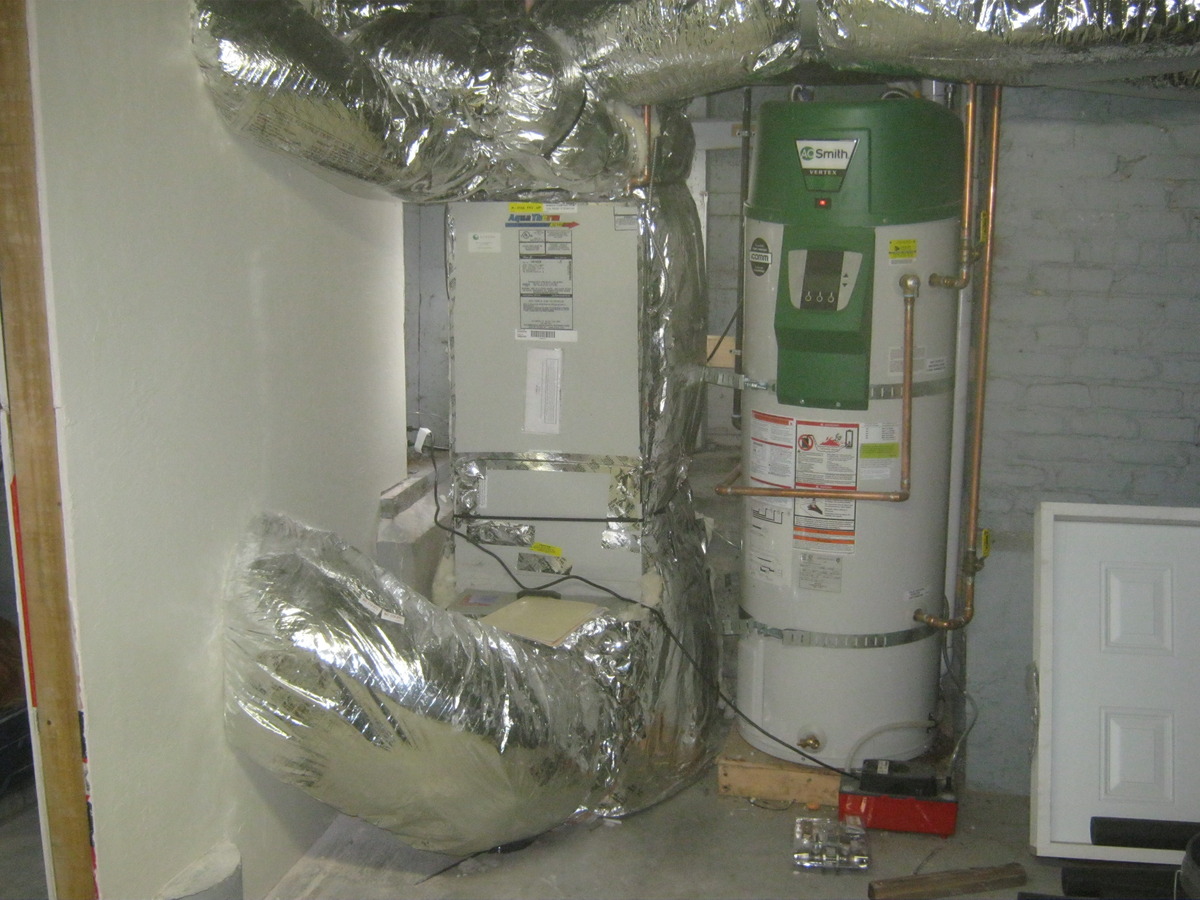
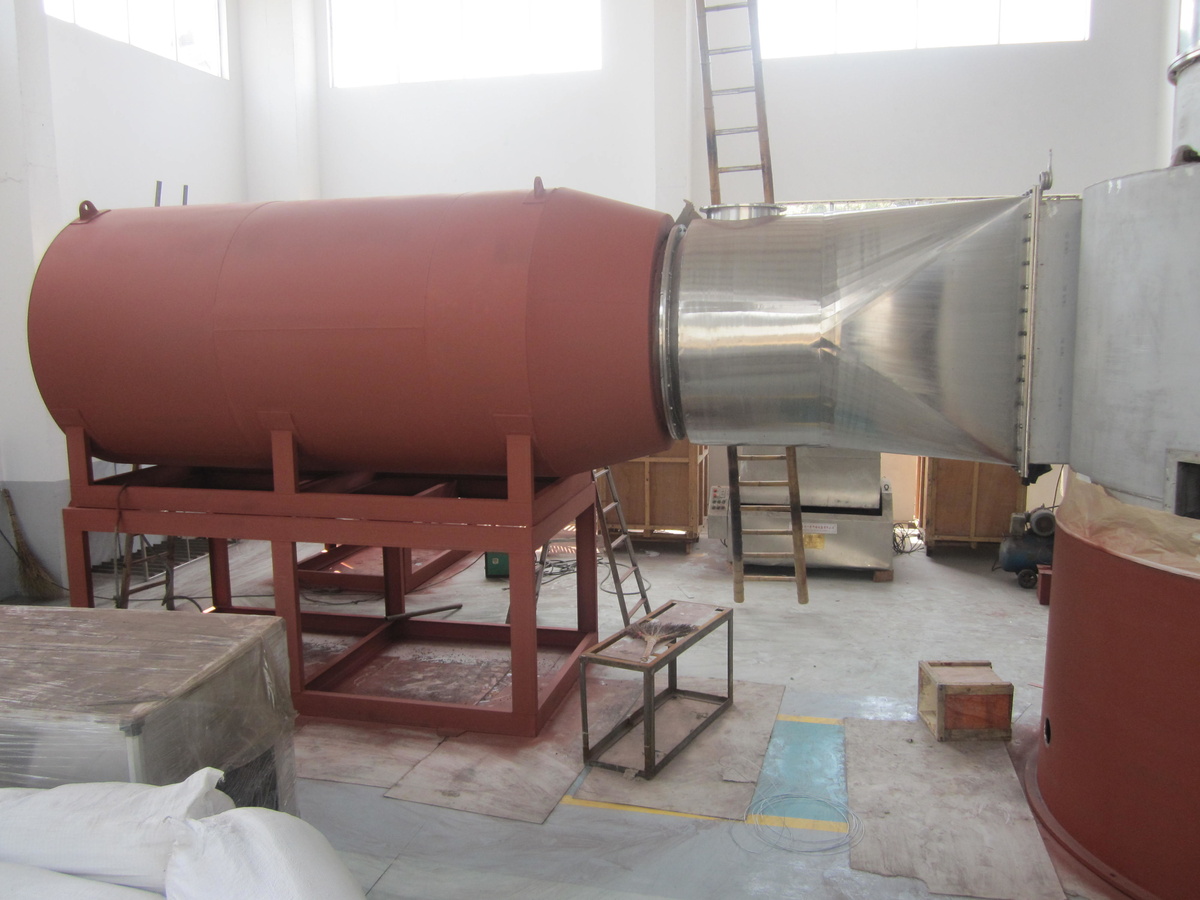
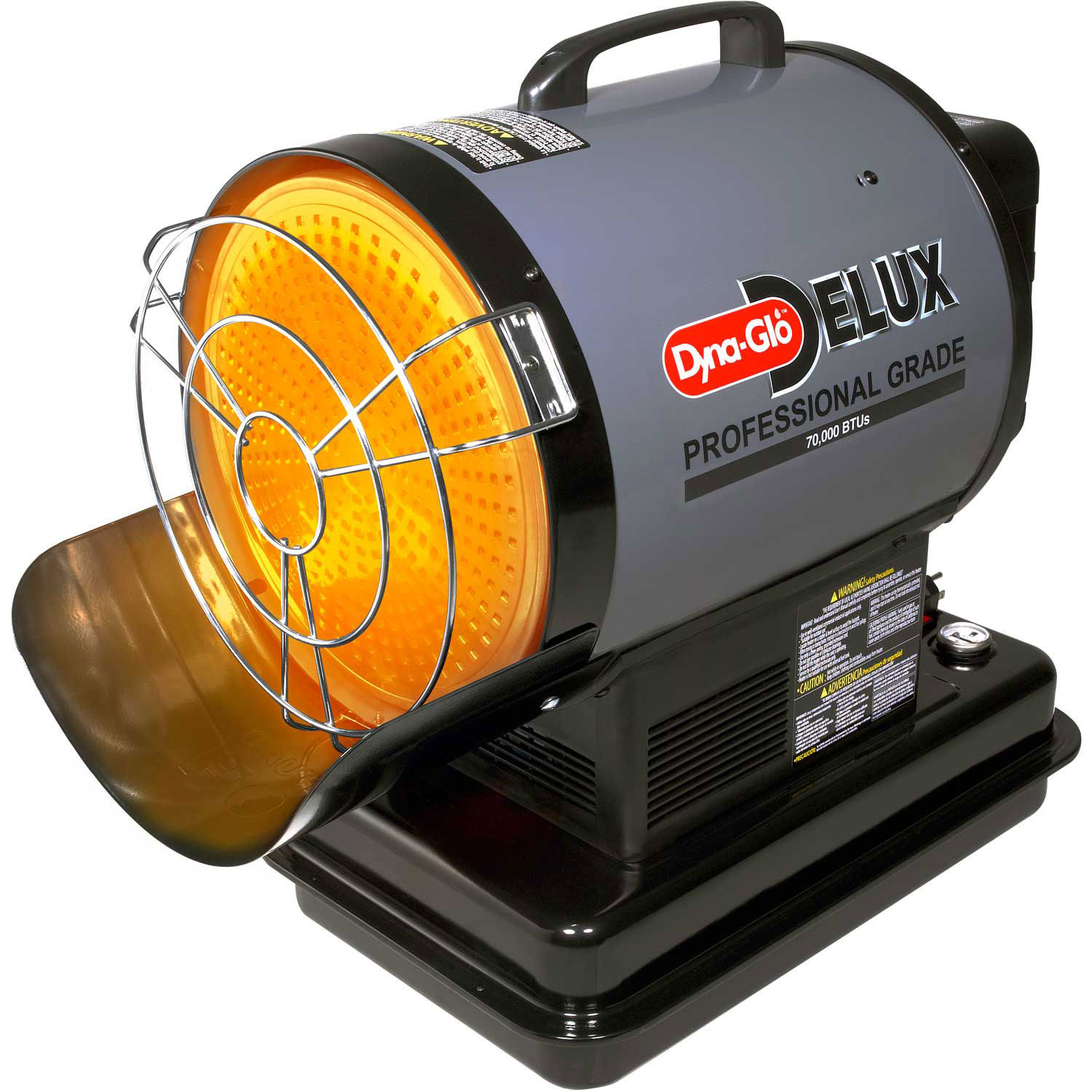
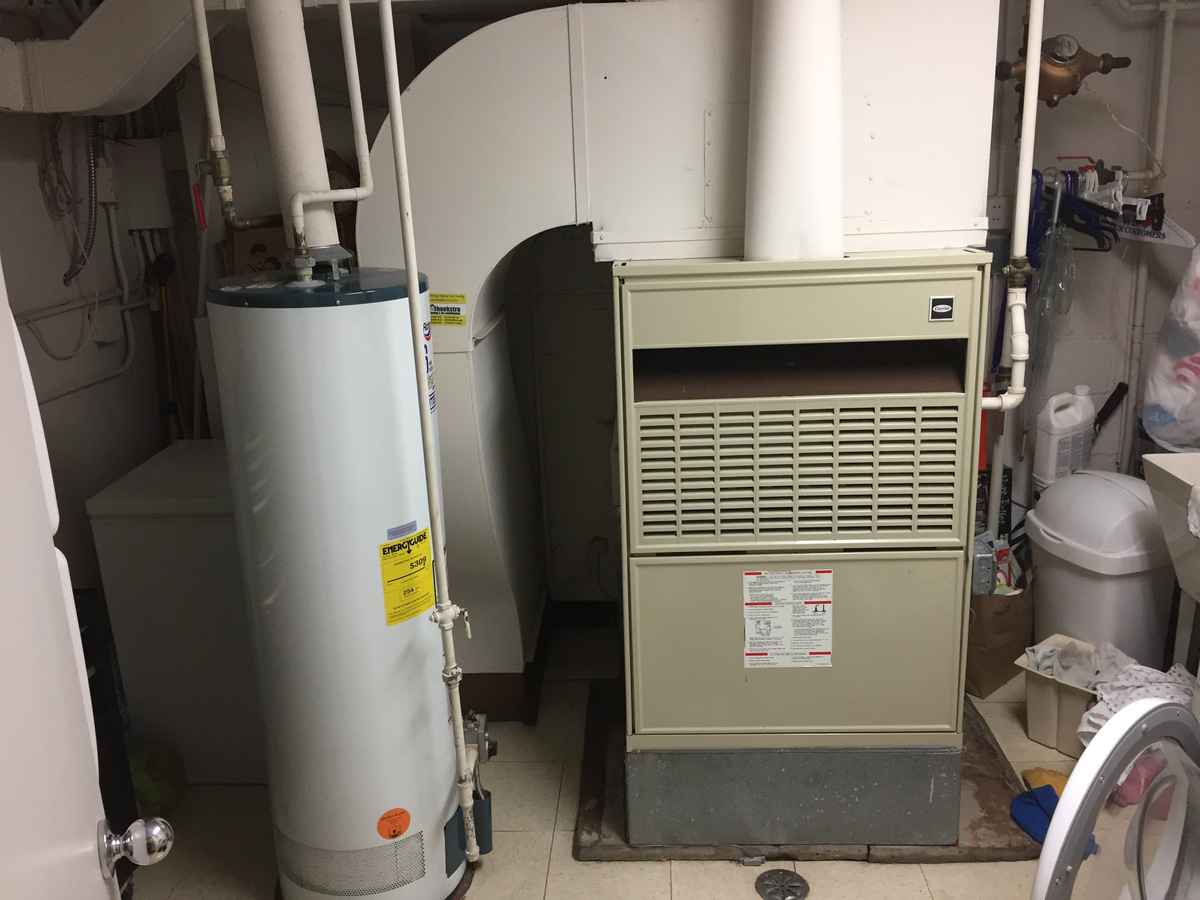
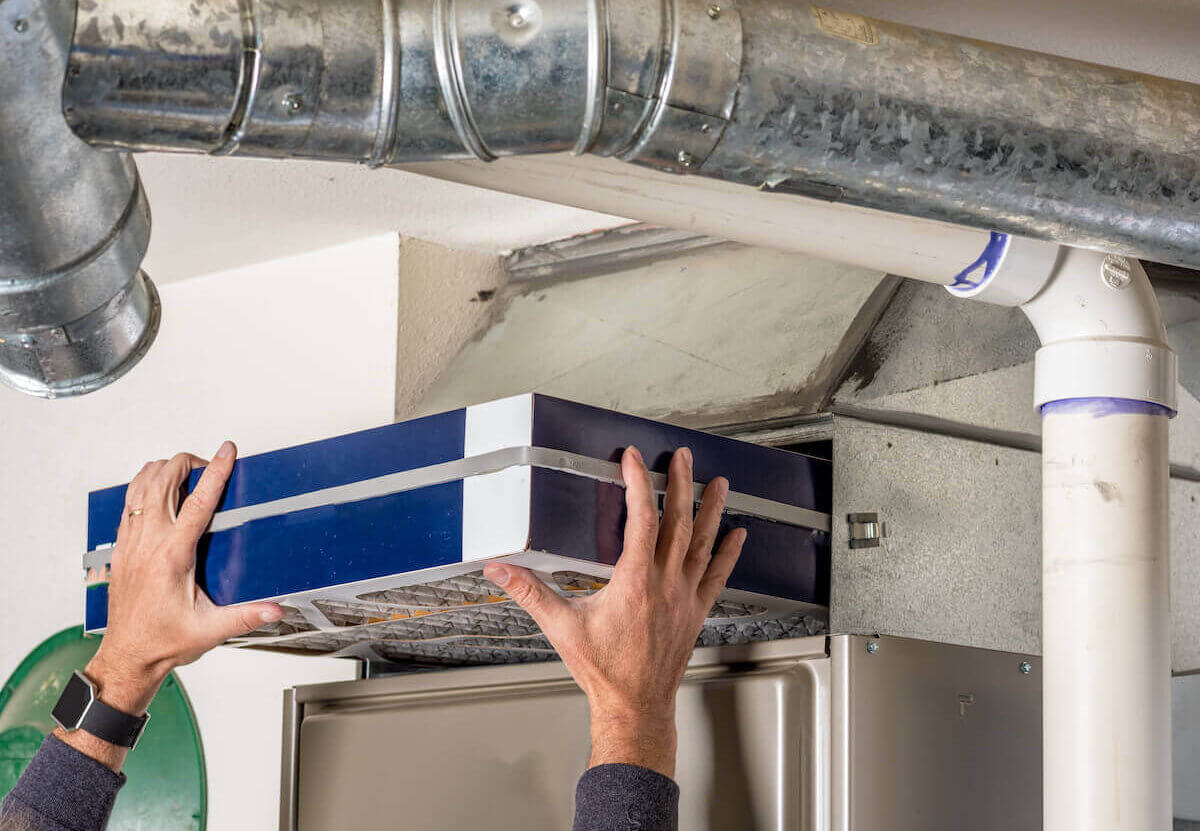
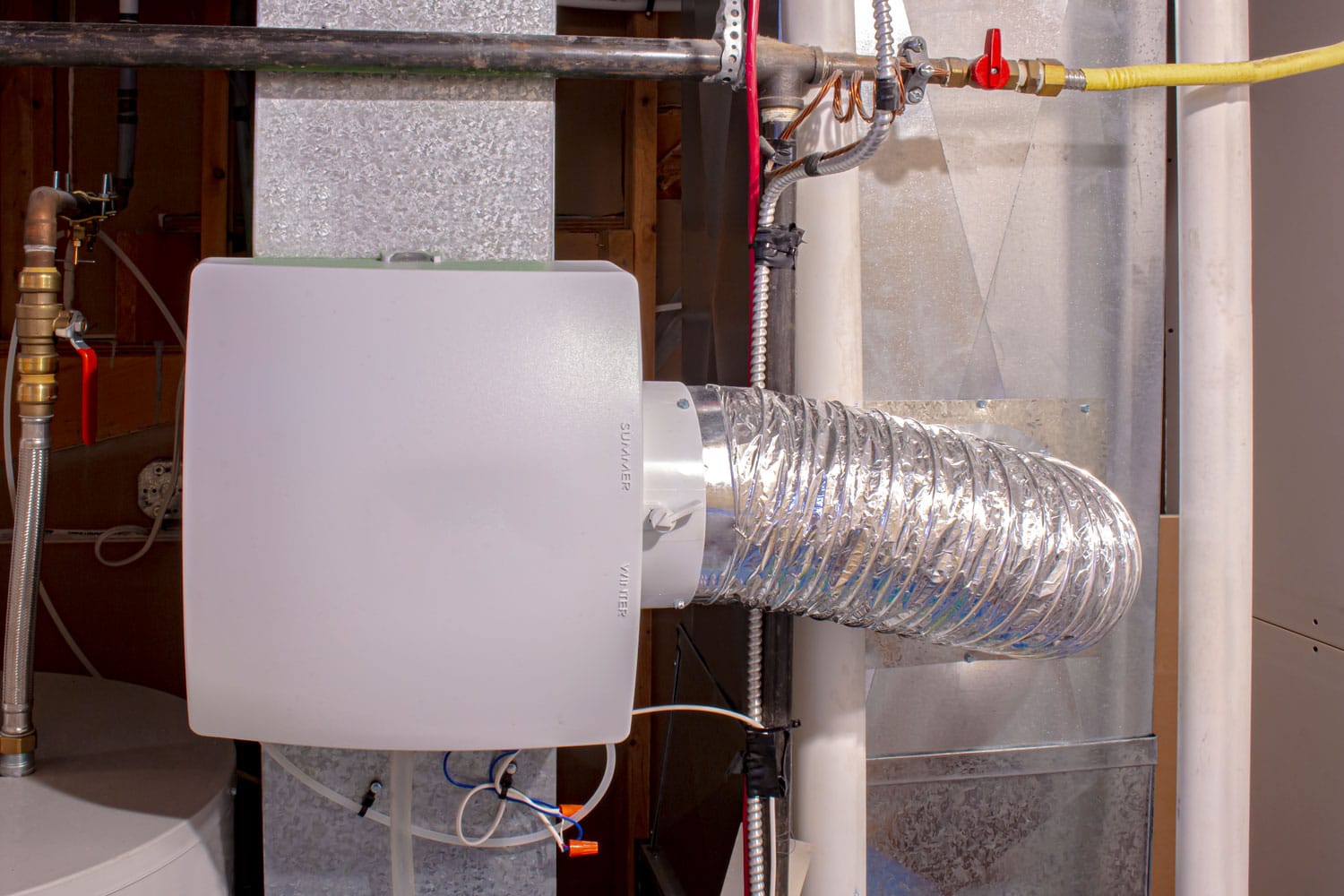
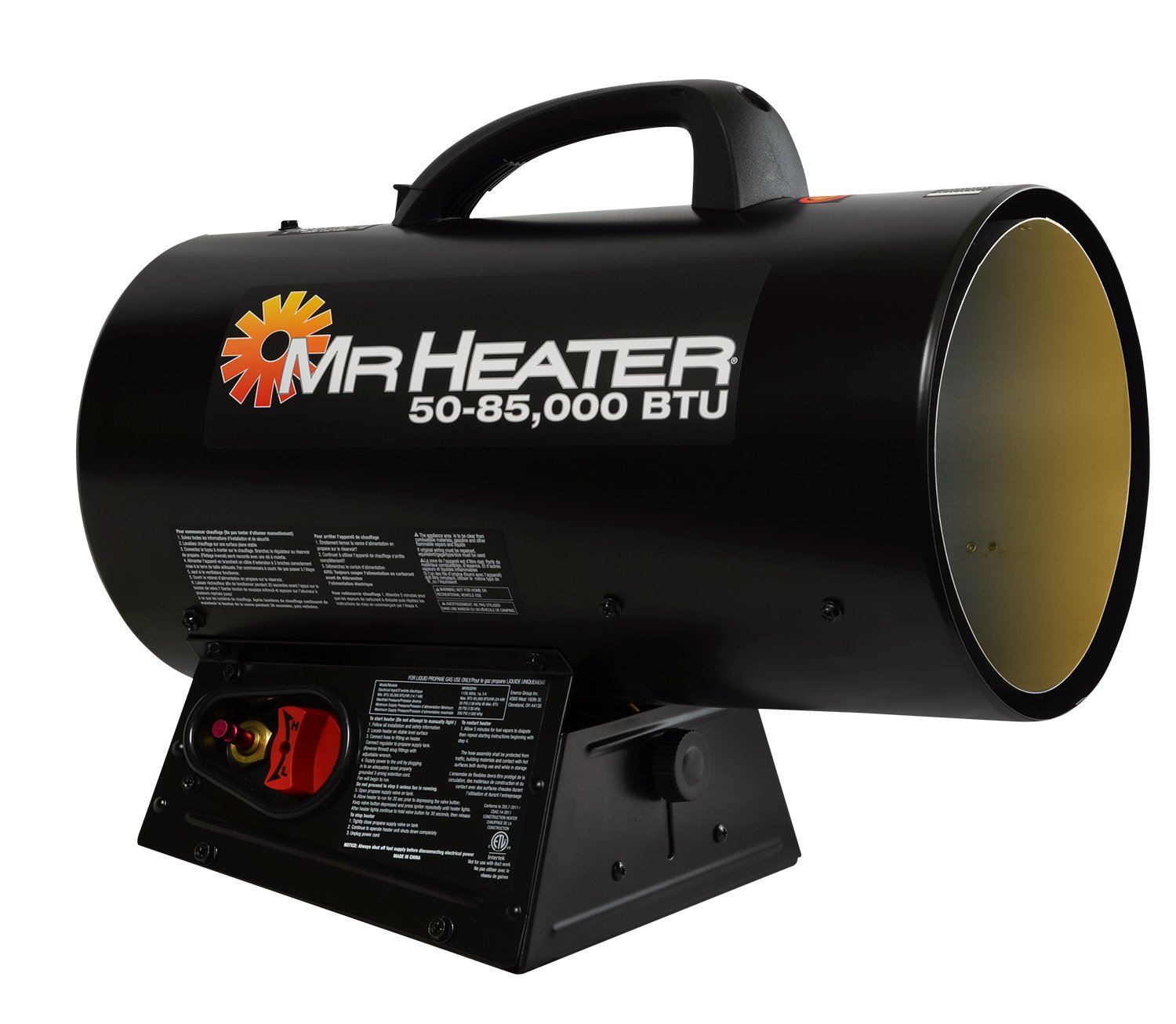
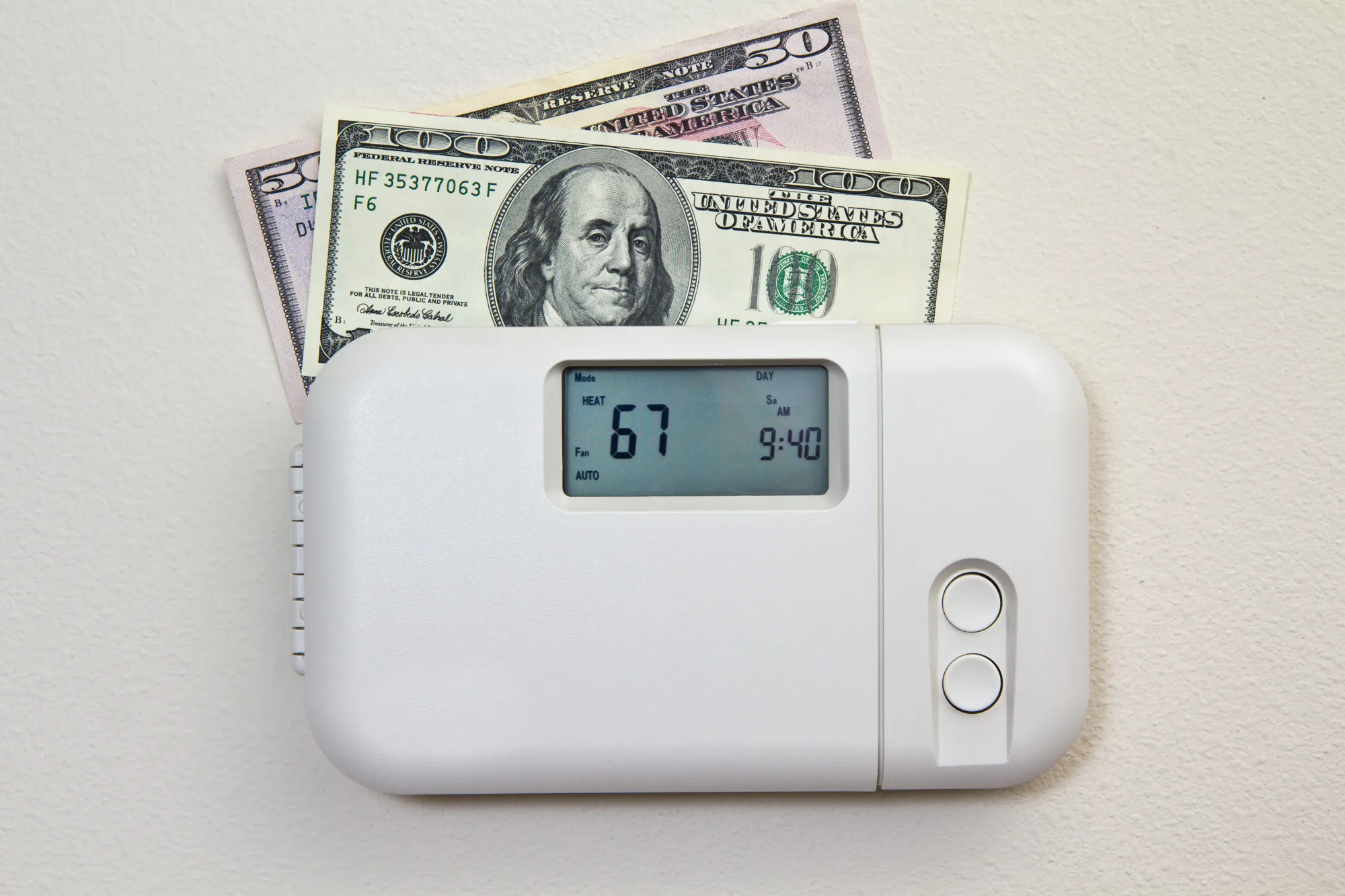

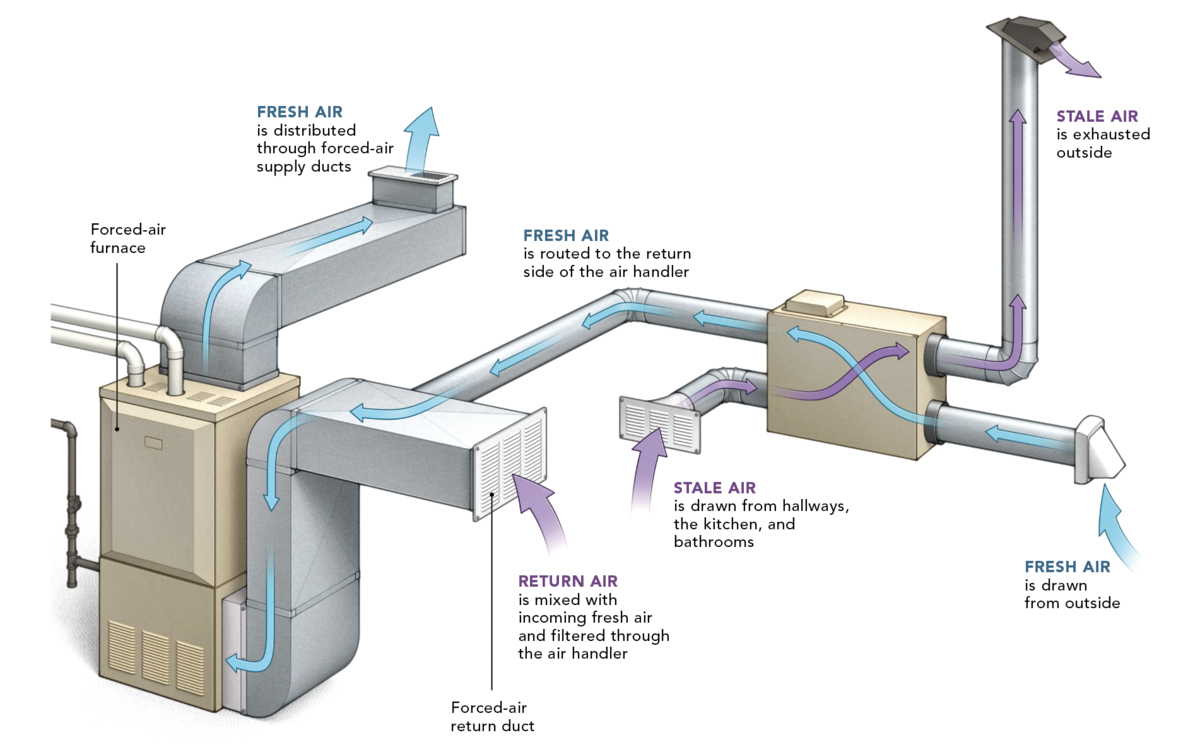
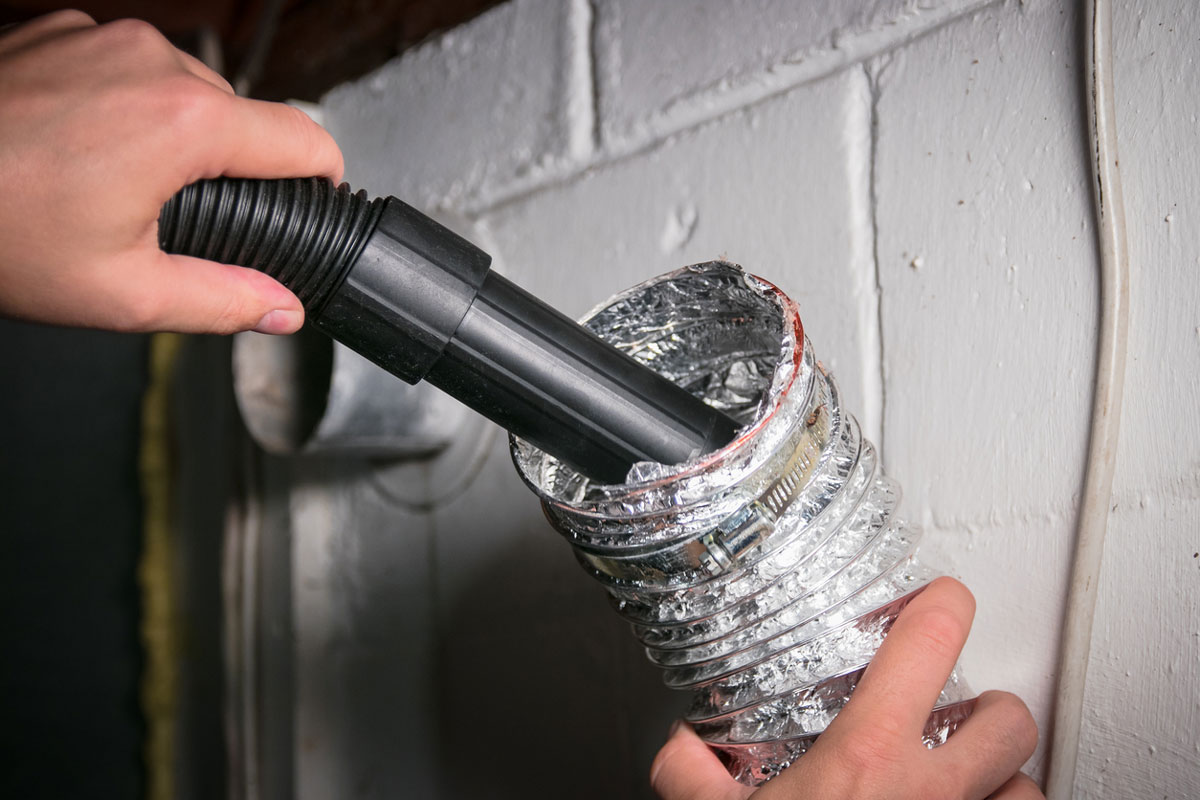
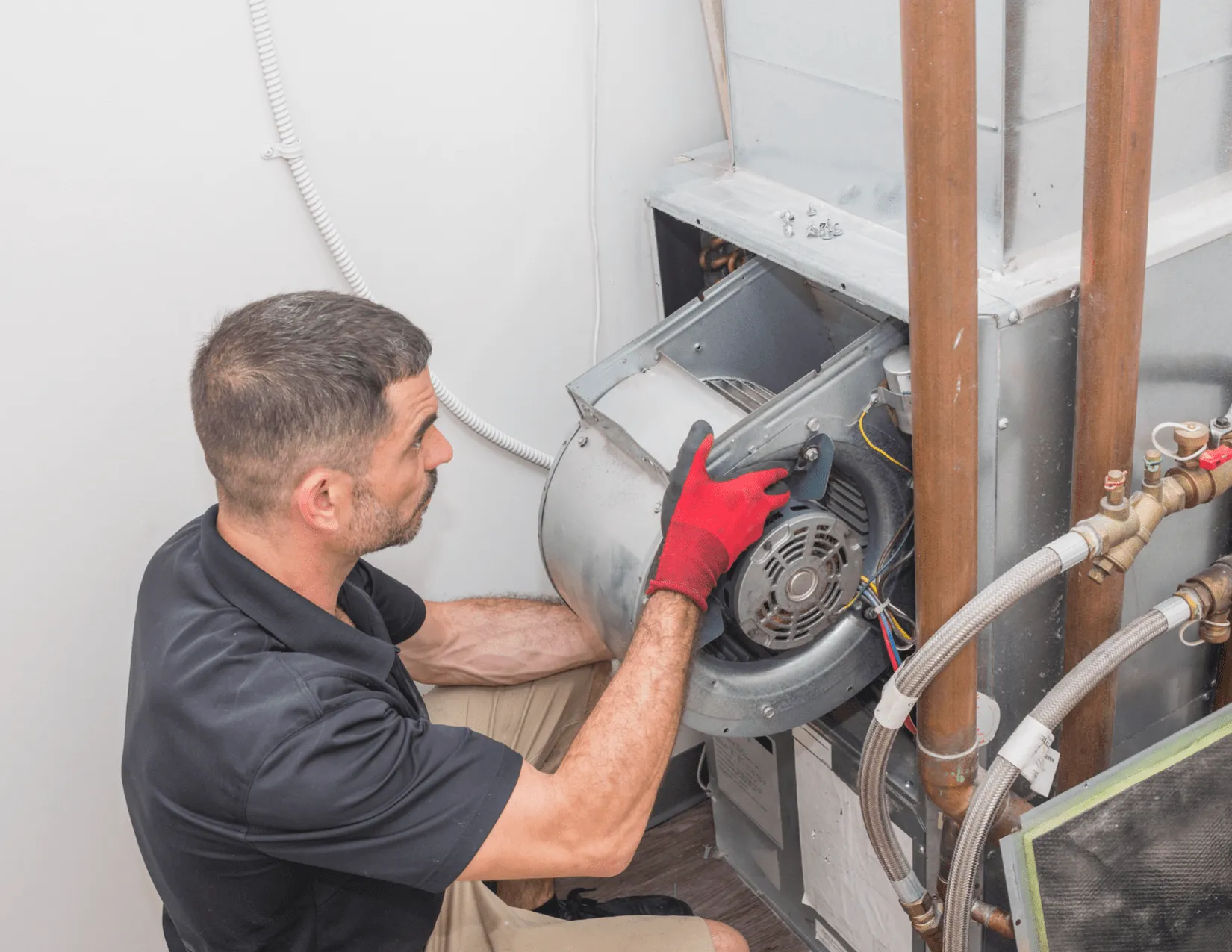

0 thoughts on “How To Choose BTU For Forced Air Heating”